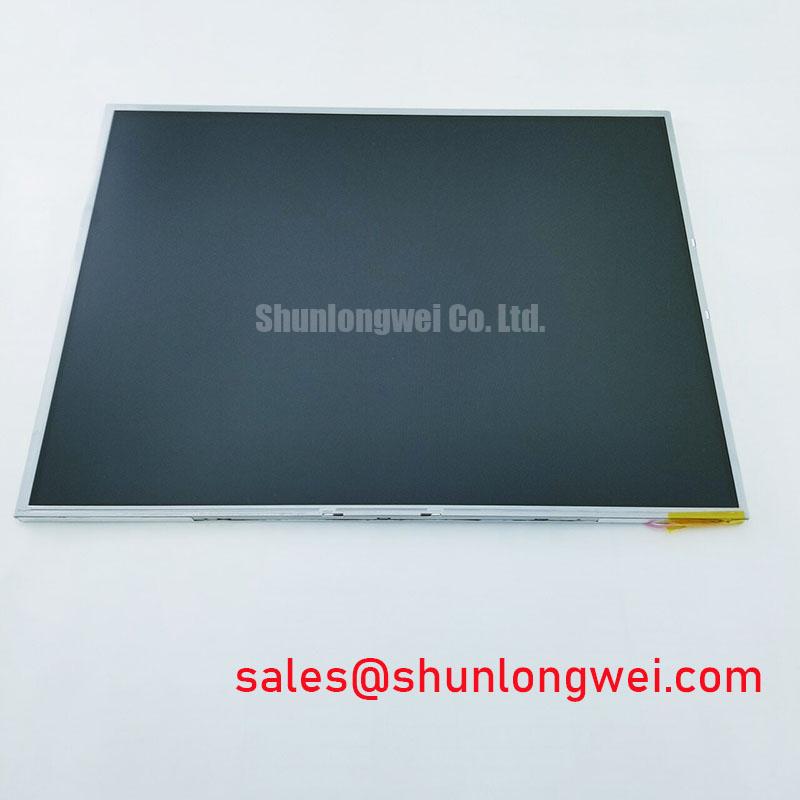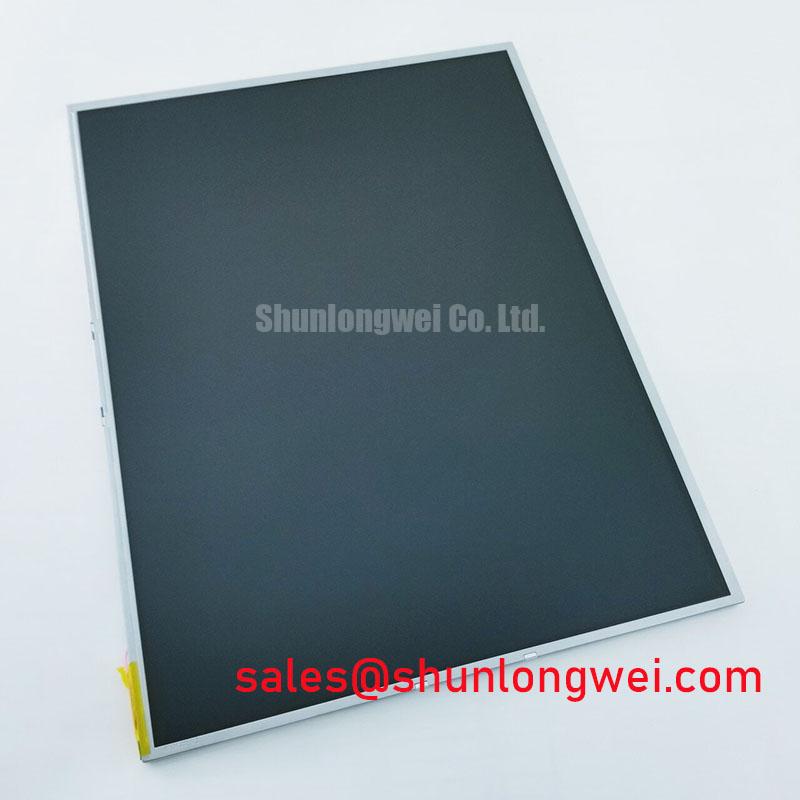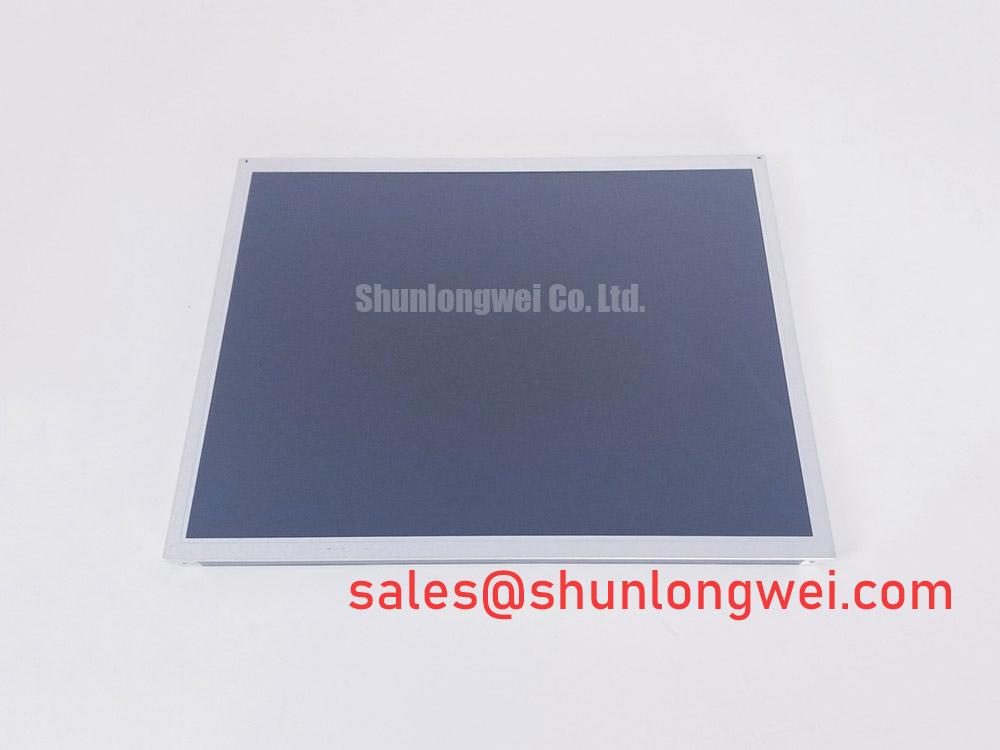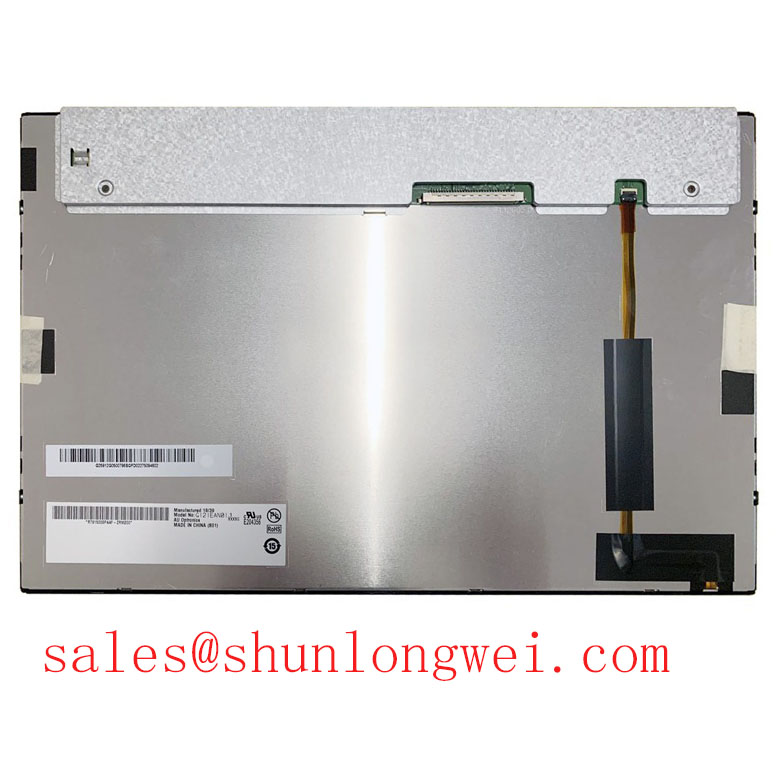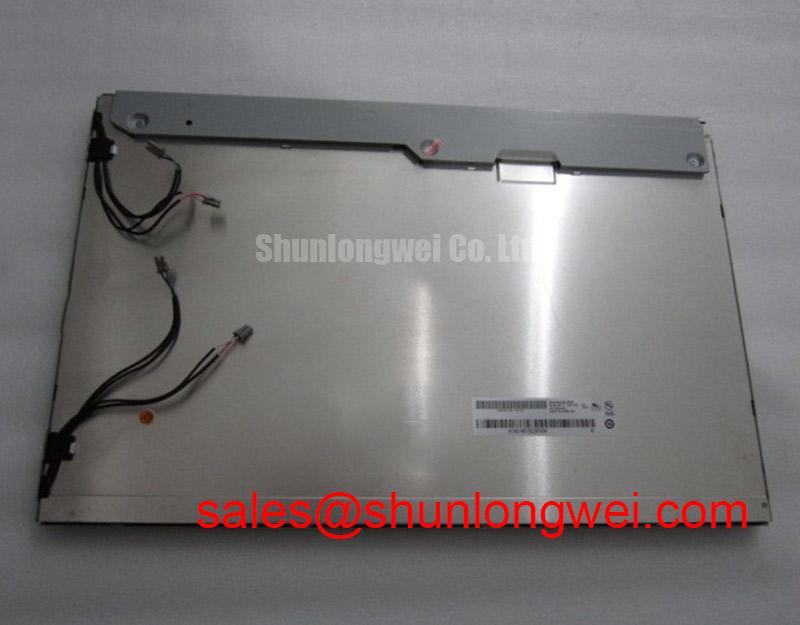B150XG02 V1: Engineering a Robust 15.0-inch XGA TFT-LCD for Industrial Reliability
An In-Depth Technical Review for OEM Engineers and System Integrators
Content last revised on October 4, 2025.
The AUO B150XG02 V1 is a 15.0-inch TFT-LCD module engineered for stable, long-term performance in demanding commercial and light industrial applications. It delivers a proven XGA resolution through a standard LVDS interface, prioritizing system compatibility and robust construction. With key specifications of 1024x768 Resolution | 250 nits Brightness | 500:1 Contrast Ratio, this display provides essential clarity and durability. Its primary engineering benefits include a highly effective antiglare surface for operational visibility and a 3H hard coating for enhanced panel protection. This module directly addresses the need for a reliable display solution for legacy system integration or new designs where proven technology is paramount. For legacy industrial systems requiring a reliable 15-inch XGA display, the B150XG02 V1 offers a proven and easily integrated solution.
Application Scenarios & Value
System-Level Benefits in Industrial and Commercial Environments
The B150XG02 V1 is optimized for applications where consistent performance and straightforward integration outweigh the need for the latest high-resolution specifications. Its value is most evident in environments where reliability and clarity are key operational requirements.
A primary engineering challenge in deploying Human-Machine Interfaces (HMIs) or instrumentation panels on a factory floor is ensuring screen legibility under varied and often harsh overhead lighting. The B150XG02 V1 directly solves this with its antiglare surface treatment. This specialized coating diffuses reflections, preventing bright spots that can obscure critical process data or operator controls. This seemingly simple feature translates directly into reduced operator error and improved productivity. What is the primary benefit of its antiglare coating? Enhanced screen readability in variable industrial lighting conditions.
Core Applications Include:
- Industrial HMI Panels: The standard 4:3 aspect ratio and XGA resolution ensure backward compatibility with a vast library of existing industrial control software, minimizing costly redevelopment for system upgrades.
- Point-of-Sale (POS) Terminals: The 3H hard coating provides essential durability, protecting the display surface from repeated contact and potential scratches in high-traffic retail or hospitality environments.
- Medical Instrumentation: For diagnostic equipment where accurate representation of standard-definition data is sufficient, this panel provides a reliable and cost-effective visualization component.
- Test and Measurement Equipment: The proven LVDS Interface ensures a stable, low-noise connection to the host embedded system, a critical requirement for displaying precise measurement data. How does the LVDS interface simplify system design? It reduces cable count and minimizes electromagnetic interference (EMI).
While the B150XG02 V1 is an excellent fit for these applications, for systems requiring an LED backlight and potentially higher brightness, the G150XNE-L01 presents an alternative with similar core specifications. For designs moving to a widescreen format, the G156XW01 V1 offers a 15.6-inch diagonal with a 1366x768 resolution.
Key Parameter Overview
Decoding the Specs for Integration and Performance
The specifications of the B150XG02 V1 are tailored for seamless integration into a wide range of industrial and commercial devices. The focus is on proven standards and practical performance metrics that support long-term operational reliability. More details on the technology can be found in our ultimate guide to TFT-LCDs.
| Feature | Specification | Engineering Significance |
|---|---|---|
| Display Resolution | 1024(RGB)×768 [XGA] | Industry-standard resolution ensures broad compatibility with existing controllers and software, reducing integration time. |
| Luminance (Brightness) | 250 cd/m² (Typ.) | Provides sufficient brightness for typical indoor industrial and commercial environments. |
| Surface Treatment | Antiglare, Hard coating (3H) | Critical for usability. Diffuses ambient light to maintain clarity and resists surface scratches from incidental contact. |
| Contrast Ratio | 500:1 (Typ.) | Delivers clear differentiation between light and dark shades, crucial for displaying detailed GUIs and text. |
| Viewing Angle | 60/60/40/50 (L/R/U/D) (Typ.) | Defines the optimal viewing cone. This performance is suitable for single-operator applications where the user is positioned directly in front of the screen. |
| Signal Interface | LVDS (1 ch, 6-bit), 20 pins | A robust, low-EMI interface that simplifies motherboard layout and cabling compared to older parallel interfaces. |
| Backlight System | 1 pcs CCFL | A mature and well-understood backlight technology with predictable performance and lifetime characteristics. Requires a dedicated CCFL inverter. |
| Operating Temperature | 0 ~ 50 °C | Suitable for controlled indoor environments such as control rooms, retail spaces, and laboratories. |
Download the B150XG02 V1 datasheet for detailed specifications and performance curves.
Technical Deep Dive
A Closer Look at the Impact of Surface Treatment and Interface Choice
The engineering choices behind the B150XG02 V1 reflect a deep understanding of its target applications. The combination of its surface treatment and interface technology provides a tangible advantage in system design. The antiglare coating is not merely a film; it's a micro-textured surface designed to scatter incoming light rays. Think of it like the difference between a glossy photograph and a matte-finish print. While the glossy photo might appear more vibrant in perfect lighting, the matte print is viewable from more angles and under a wider range of light sources without distracting reflections—a perfect analogy for an HMI panel on a factory floor.
Furthermore, the choice of a 6-bit LVDS interface is a strategic decision that balances performance and simplicity. It supports a palette of 262,144 colors, which is more than sufficient for the graphical user interfaces found in most industrial machinery and POS systems. From a hardware perspective, the LVDS standard uses differential signaling, which means it is inherently more resistant to the electromagnetic noise often present in industrial settings. This results in a cleaner signal, a more stable image, and simplified system-level EMC compliance efforts for the design engineer.
Frequently Asked Questions (FAQ)
What are the key considerations when upgrading a system to use the B150XG02 V1?
The primary considerations are mechanical fit, ensuring the host system has a compatible LVDS (1 ch, 6-bit) output, and provisioning for a CCFL inverter. Its XGA resolution and 20-pin connector are common standards, which often simplifies the upgrade process from older 15-inch displays.
How does the 500:1 contrast ratio impact usability in an industrial HMI?
A 500:1 contrast ratio ensures that graphical elements, text, and numerical readouts are sharp and distinct. In an HMI application, this means status indicators (e.g., green for 'Normal', red for 'Alarm') are clearly distinguishable, and data fields are easy to read, which is crucial for minimizing operator error during critical process monitoring.
Is the CCFL backlight user-replaceable, and what is its typical lifespan?
The CCFL tube is an integral part of the display module's backlight unit and is typically not designed for end-user replacement. The datasheet specifies a minimum lifetime of 40,000 hours, which represents a robust operational life for many industrial applications where equipment runs continuously.
For a deeper discussion on the advantages of application-specific displays, see our analysis of industrial versus consumer displays.
To discuss your specific system requirements or to inquire further about the B150XG02 V1, please contact our technical support team for detailed information.

